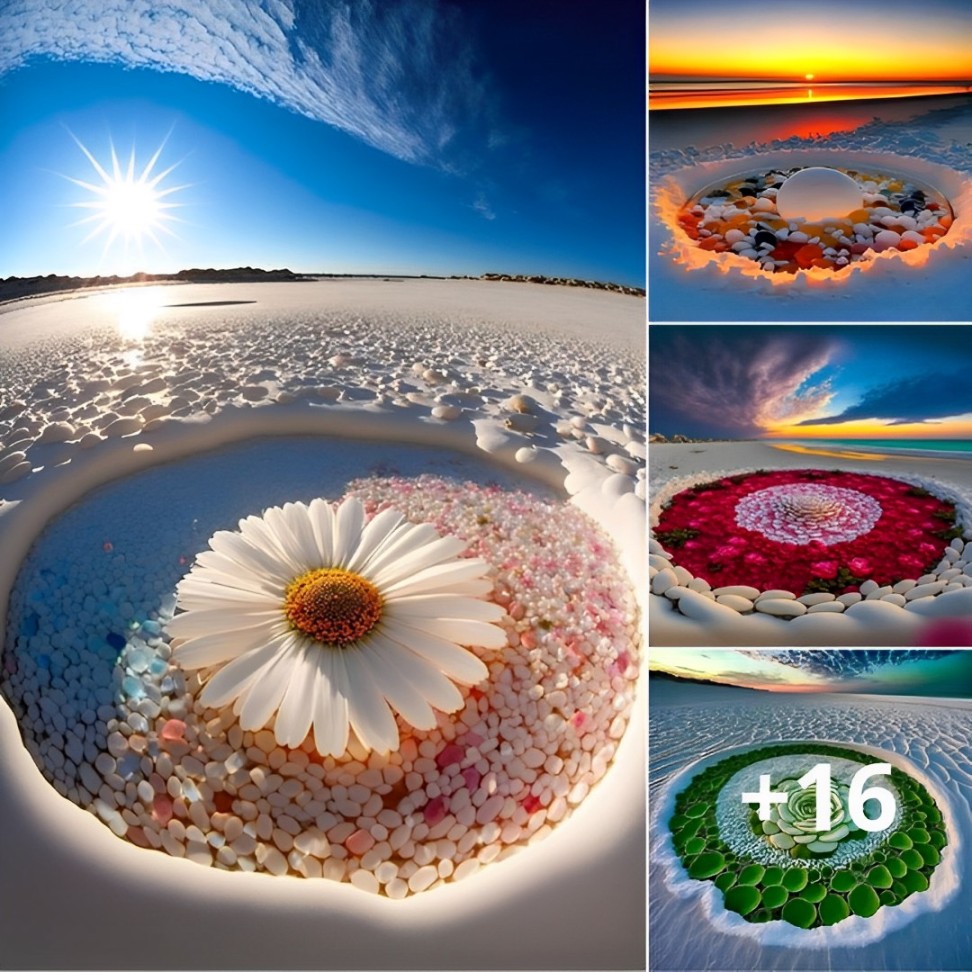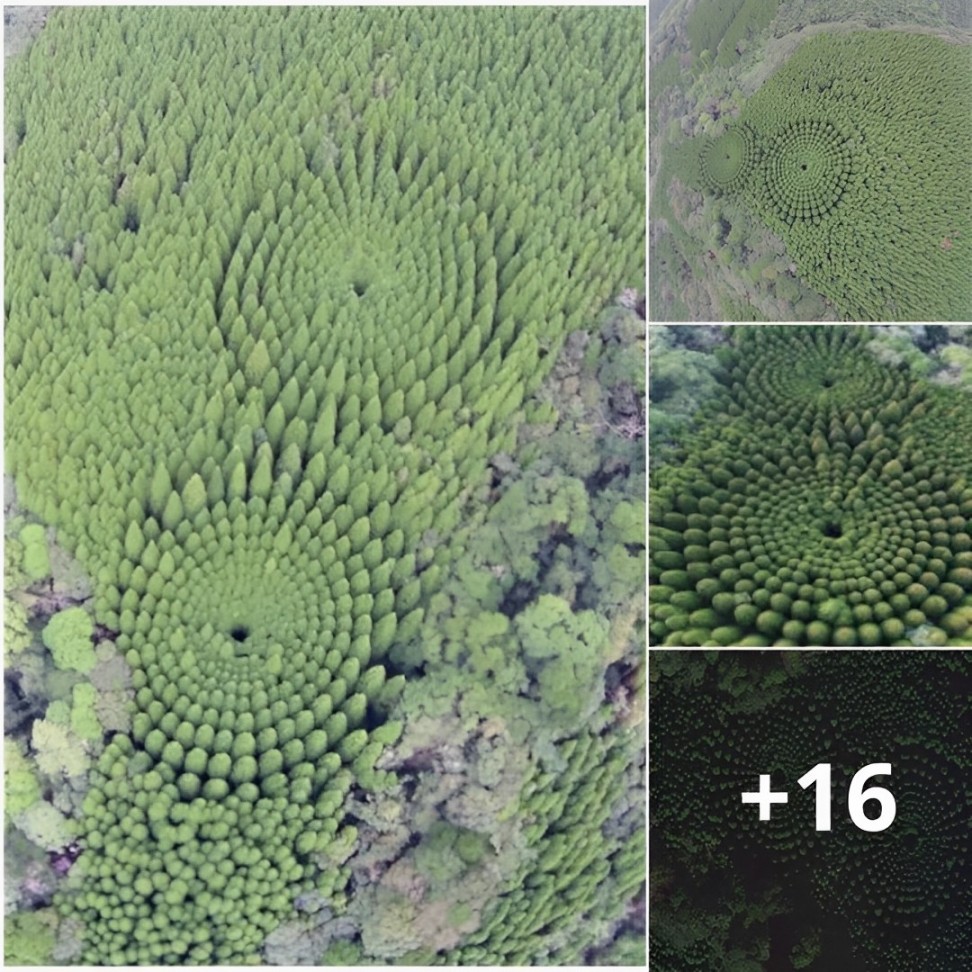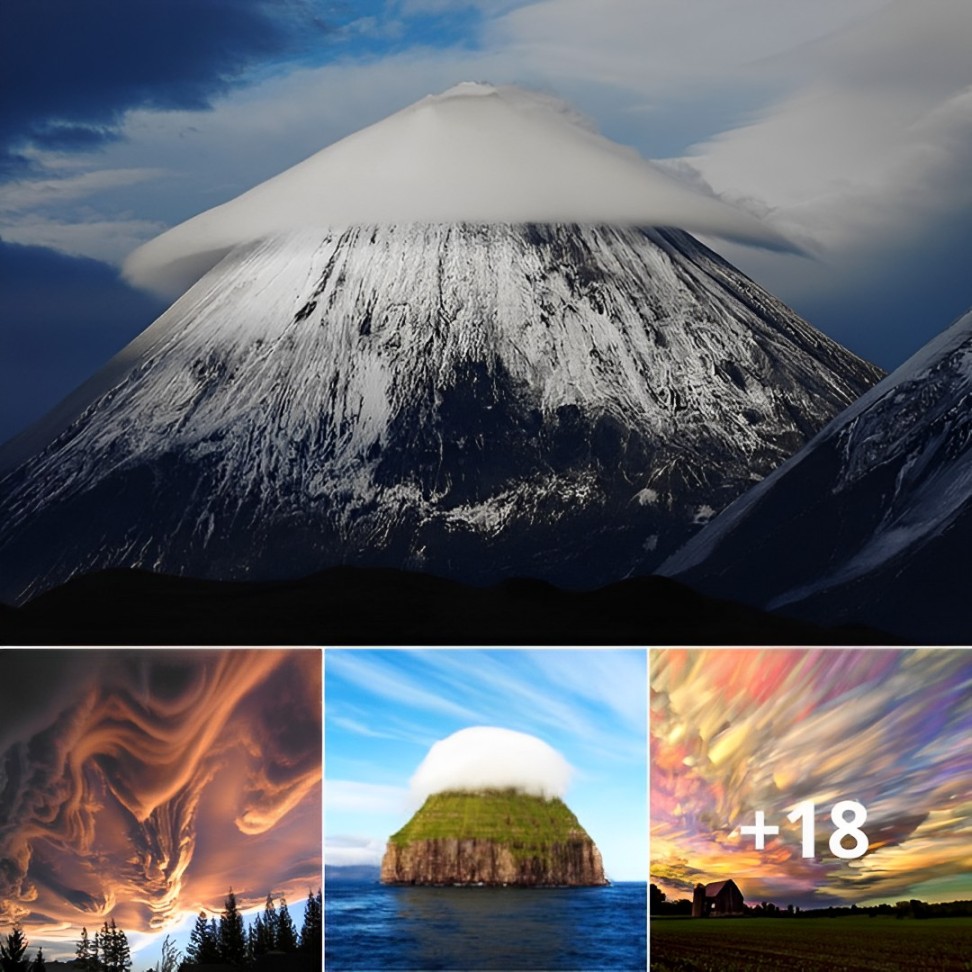In Antarctica, there is a waterfall that stands five stories tall and appears to have blood-like fluid cascading down its surface. To add to its extraordinary nature, this amazing natural wonder is believed by scientists to harbor the most peculiar type of life ever discovered on our planet.
 The iconic blood-colored waterfall of Antarctica. Image credit: Hassan Basagic
The iconic blood-colored waterfall of Antarctica. Image credit: Hassan Basagic
Antarctica is a land of extreme environments, with its harsh weather, icy landscapes, and vast stretches of barren land. It is a place where life struggles to exist, and where the forces of nature can create some truly remarkable sights. One such sight is Blood Falls, a striking natural feature that is located in the Dry Valleys of Antarctica.
Blood Falls is a stream of bright red water that flows from the Taylor Glacier into Lake Bonney. The water is rich in iron oxide, which gives it its distinctive color. The water is also extremely salty and has a temperature that hovers just above freezing. The flow of the water is very slow, and it can take years for the water to travel from the glacier to the lake.
Blood Falls was first discovered in 1911 by a team of explorers led by Australian geologist Griffith Taylor. At the time, the falls were thought to be caused by red algae, but it was later discovered that the color was due to iron oxide.
 Blood Falls seeps from the end of the Taylor Glacier into Lake Bonney. The tent at left provides a sense of scale for just how big the phenomenon is. Image credit: National Science Foundation/Peter Rejcek
Blood Falls seeps from the end of the Taylor Glacier into Lake Bonney. The tent at left provides a sense of scale for just how big the phenomenon is. Image credit: National Science Foundation/Peter Rejcek
Scientists have been fascinated by Blood Falls for many years, and they have conducted extensive research on the phenomenon. One of the most interesting discoveries was made recently by a research team led by the University of Alaska Fairbanks and Colorado College, who finally solved the century-old mystery of the famous red waterfall by using a type of radar to scan the area beneath the glacier. There, they found an aqueous time capsule, preserved 400 meters underground.
Here’s what had happened. Around five million years ago, a rise in sea levels caused the flooding of East Antarctica, resulting in the creation of a saline lake. Centuries later, glaciers developed above the lake, isolating it from the rest of the continent. Consequently, the water at Blood Falls has been sealed off like a time capsule, preserved 400 meters beneath the surface. As the glaciers started to freeze over the lake, the water underneath grew increasingly saline.
 Aerial photo of Taylor Valley, one of Antarctica’s unique dry valleys. Home to Taylor Glacier, striking rock outcrops, and Blood Falls, the valley is one of the most remote and geologically exotic places in the world. Image credit: Michael Studinger, NASA
Aerial photo of Taylor Valley, one of Antarctica’s unique dry valleys. Home to Taylor Glacier, striking rock outcrops, and Blood Falls, the valley is one of the most remote and geologically exotic places in the world. Image credit: Michael Studinger, NASA
Today, the subglacial lake responsible for feeding Blood Falls is three times saltier than seawater, which means it does not freeze. Scientists previously thought it was nearly impossible for liquid water to persist inside an extremely cold glacier. According to University of Alaska Fairbanks glaciologist Erin Pettit, co-author of a study on the radar-based research published in the Journal of Glaciology, the freezing process explains how water can flow in a cold glacier.
“While it sounds counterintuitive, water releases heat as it freezes, and that heat warms the surrounding colder ice,” she said. The heat and the lower freezing temperature of salty water make liquid movement possible. “Taylor Glacier is now the coldest known glacier to have persistently flowing water.”
 Researchers collect radar data to map the pathway of salty water that connects Blood Falls to the source of water underneath the glacier. Image credit: Cece Mortenson
Researchers collect radar data to map the pathway of salty water that connects Blood Falls to the source of water underneath the glacier. Image credit: Cece Mortenson
Aside from being isolated from the continent, the water responsible for supplying Blood Falls is entirely disconnected from the atmosphere. It has never been exposed to sunlight and lacks any traces of oxygen. Furthermore, it contains a high concentration of iron that has been blended into the water by glaciers scouring the bedrock underneath the lake. Whenever the water seeps out of the subglacial lake through a crevice in the glacier, it plunges down the Taylor Glacier and flows into Lake Bonney beneath. Upon encountering the air, the iron-rich water undergoes oxidation and stains the ice a vivid red, resembling blood.
But Blood Falls’ eerie hue is not the sole peculiarity that attracts scientists’ curiosity; rather, it is the life-forms existing within the subglacial lake that capture their attention. Several million years ago, microorganisms resided in the water of these salt lakes, and astonishingly, they continue to thrive despite being situated in a pitch-black, oxygen-free, and extremely saline environment, encased beneath a glacier, 400 meters below the surface.
 An outpour of possibly the most peculiar water in the world. Image credit: DLR German Aerospace Center
An outpour of possibly the most peculiar water in the world. Image credit: DLR German Aerospace Center
These microbes, similar to those inhabiting deep-sea hydrothermal vents, obtain energy by decomposing sulfates, which contain oxygen. Subsequently, the iron in the water intermingles with the by-products, reforming the sulfates, which the microbes use again, creating a cycle of sulfate breakdown and restoration that provides the microbes with a consistent source of oxygen.
Despite such an ‘unconventional’ form of life having thrived in the waters that feed it for millions of years, Blood Falls is also a symbol of the fragility of the natural world. As climate change continues to impact the planet, the ice sheets of Antarctica are melting, and the waterfall could disappear forever. It is a reminder that we must do everything we can to protect our environment and preserve the natural wonders of our planet.





